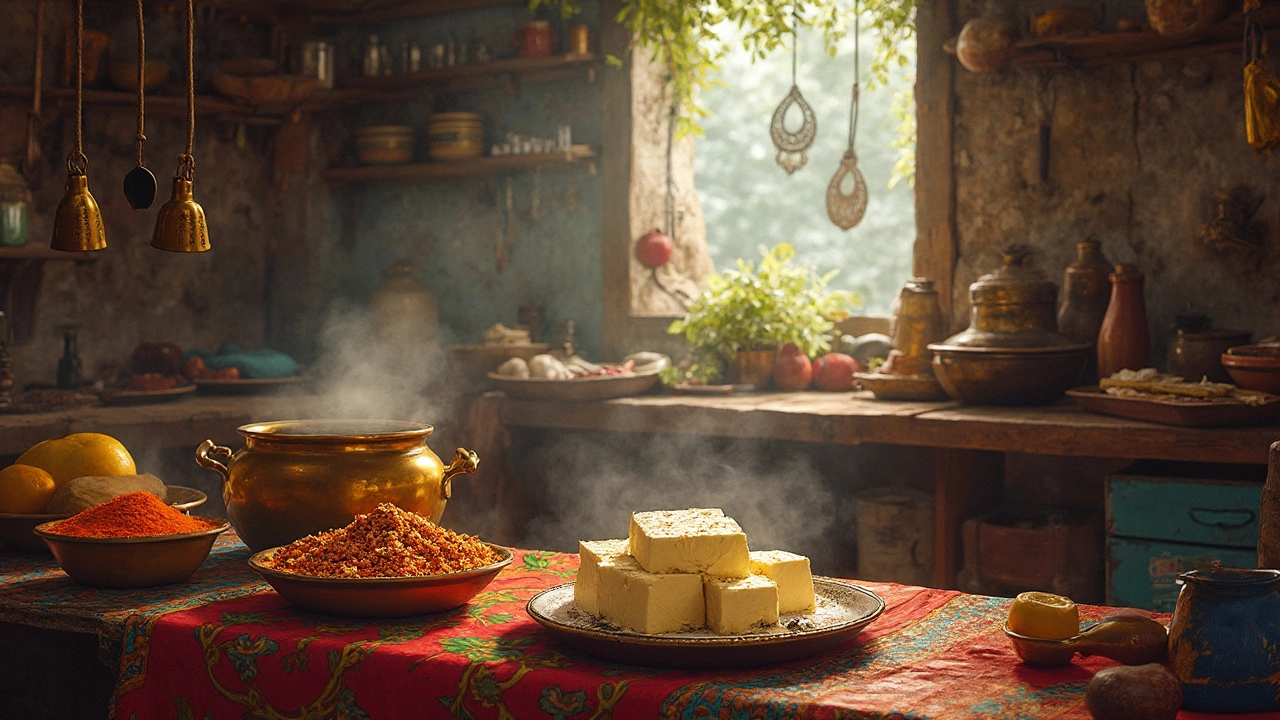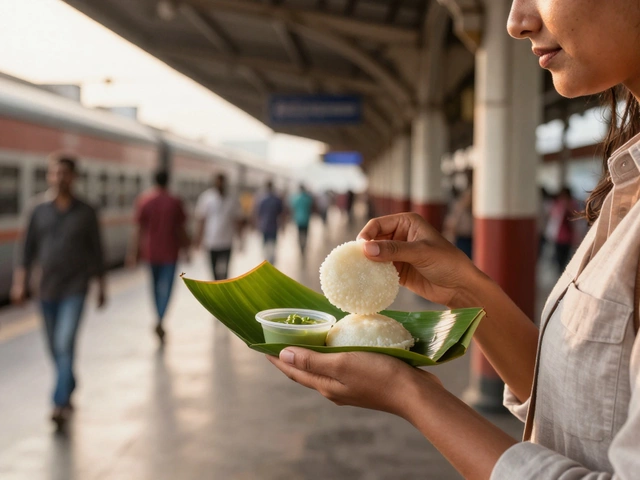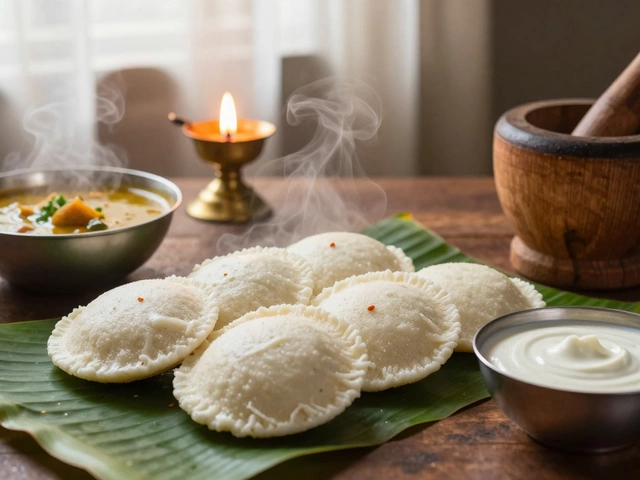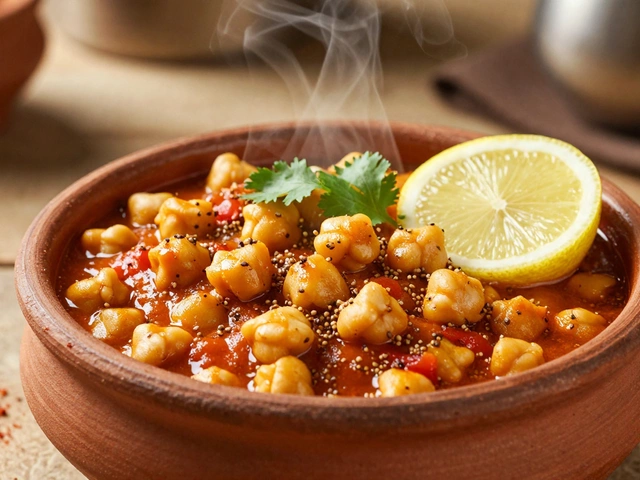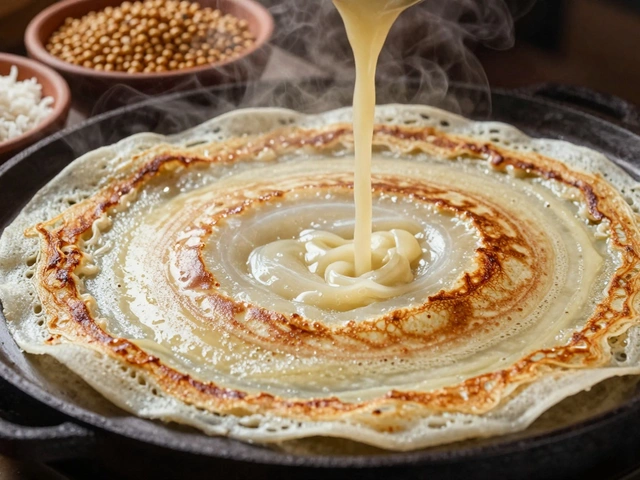If you've ever savored a dish with paneer, you've felt its unique, toothsome presence. But what if you're in the States and looking for something that hits close to that paneer texture? It's not just about cheese; it's about finding the right kind. Paneer doesn't melt, making it perfect for frying or grilling, but that's tricky to match with most American cheeses. Fortunately, some options come fairly close.
First off, let's chat about the qualities of paneer. It's unaged, unsalted, and feels firm yet not crumbly—kind of like a dense block that absorbs spices like a dream. Now, with these qualities, you'd think finding a paneer-like cheese out there would be a breeze, but nope, it's a bit of a quest.
- Understanding Paneer's Unique Qualities
- Exploring American Cheese Varieties
- Close Contenders: Ricotta and Queso Blanco
- Cooking Tips for Paneer-like Cheese
- Crafting Homemade Paneer at Home
- What Makes Paneer Special in Your Kitchen
Understanding Paneer's Unique Qualities
Paneer has been a beloved staple in Indian households for ages, and for good reason. This versatile cheese is fresh, meaning it's not aged like cheddar or brie. Its fresh quality gives it a distinctive texture—firm but not hard—that doesn't melt when heated like most cheeses do. This makes it super handy for a ton of recipes, whether you're tossing it on a grill or dunking it in a curry.
The way paneer is made is a bit different too. It's created by curdling milk with an acid, often lemon juice or vinegar. This method keeps the cheese firm and helps retain its moisture, which you can definitely taste when you bite into a well-cooked paneer dish. It soaks up spices like nobody's business!
What's really cool about paneer is how it's super adaptable. It holds its shape when cooked, which makes it perfect for stir-fries, sandwiches, kebabs, and even desserts. Basically, paneer is like that one friend who fits in everywhere and gets along with everyone.
If you're into health stats, here's a nugget: Paneer is packed with protein and calcium, and because it's not aged, it doesn't contain the salt found in many other cheeses. So, you get to enjoy that creamy goodness without all the extra sodium.
Exploring American Cheese Varieties
So, you're on the hunt for a paneer substitute within the American cheese scene. It's a fun quest, because there are actually some interesting cheeses to explore. Let’s break down some popular options.
First up, we have Queso Blanco. This cheese resembles paneer in its texture and behavior. Like paneer, it doesn't melt, which makes it a great choice for dishes where you want the cheese to hold its shape. It's often used in Latin American dishes, bringing that firm bite that panela and queso fresco provide.
Another contender in the running is Ricotta, especially the firm, dried-out version. While it's creamier than paneer, it can mimic the feel if you drain it well. Ricotta doesn’t hold up as well on its own under heat, but it's a viable option if you're mixing it into a dish.
If you’re thinking about firm cheeses, you might stumble across Monterey Jack and see its potential. It’s not quite paneer but has a mild taste that won’t overshadow other flavors. Just remember, it melts, so it might not be exactly what you're after.
- Queso Blanco: Non-melting, firm, and versatile, ideal for frying or grilling.
- Ricotta (Dried): Creamy with the potential to be made firm, not the best for standalone frying.
- Monterey Jack: Mild taste, melts easily but could work in blends.
Clearly, finding a homemade paneer replacement isn't straightforward, but these options are a good start in experimenting with different textures and flavors in your cooking.
Close Contenders: Ricotta and Queso Blanco
When you're searching for an American cheese that's a solid stand-in for paneer, both Ricotta and Queso Blanco often pop up as potential candidates. Here's why each of these cheeses is worth considering if you're looking to recreate that beloved paneer experience.
Ricotta might surprise you as an option since it's often associated with creamy, smooth textures in lasagna and stuffed shells. But, when pressed and drained, Ricotta transforms into a much firmer cheese. It's all about removing the moisture. Place it in a cheesecloth and squeeze out the liquid, and you'll notice it becomes more dense and crumbly—closer to that paneer feel. However, this is a bit of a DIY approach, and the result isn't an exact match, but it's good in a pinch when you're craving something paneer-like.
Then there’s Queso Blanco. If you're going for a cheese that mimics paneer in both texture and cooking use, then you've struck gold here. Queso Blanco is a Spanish cheese, white and firm, that doesn't melt when exposed to heat. Sounds familiar, right? You can fry it or throw it into a curry, and it holds its shape, similar to paneer. Plus, it's available in most stores, making it a convenient pick. It's important to note that the taste is a tad saltier than paneer, so be prepared to adjust your seasoning.
| Cheese | Texture | Cooking Use | Availability |
|---|---|---|---|
| Ricotta (pressed) | Creamy to firm | Good for stuffing, eat fresh | Wide availability |
| Queso Blanco | Firm, crumbly | Ideal for frying, remains intact in dishes | Commonly available |
So, whether you're diving into a rich curry or grilling up some skewers, both these cheeses bring something close to the table. If you want a fuss-free solution, grab some Queso Blanco. If you're up for a bit of kitchen experimentation, give drained Ricotta a go!
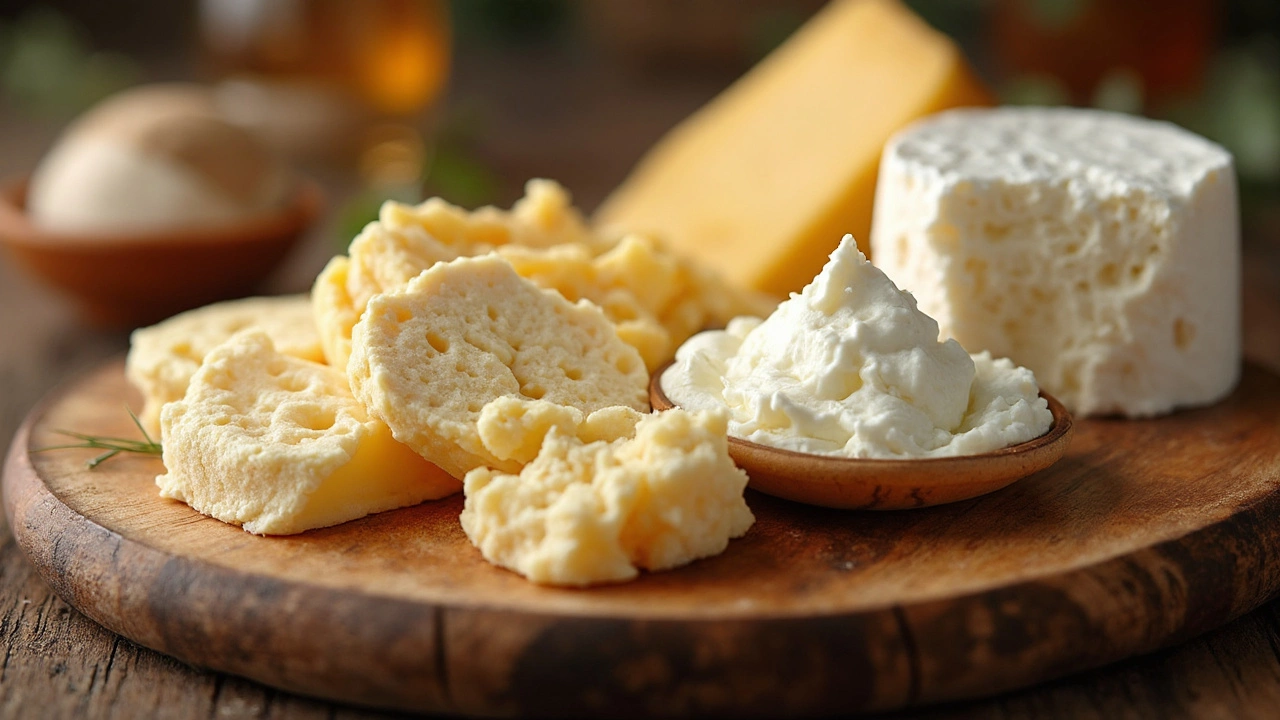
Cooking Tips for Paneer-like Cheese
Alright, so you've found an American cheese that behaves a bit like paneer—maybe it's Queso Blanco or Ricotta—and now you're wondering how to get the most out of it in your cooking. Let's break it down into some practical tips to get that delightful paneer effect.
First, consider the cooking temperature. With paneer substitute, it's all about avoiding a melt-fest. Whether you’re frying, grilling, or baking, medium heat is your friend. This keeps the cheese crispy on the outside while allowing it to stay firm inside.
- Press it Right: Before cooking, press your cheese out to get rid of excess moisture. This step helps it hold its shape better when cooked.
- Spice It Up: Since these cheeses are mild, they’re a blank canvas. Marinate them with your favorite spices or herbs – think ginger, garlic, or even a zingy chili mix. So, it’ll soak up those flavors beautifully, just like paneer does!
- Use the Right Oil: When frying, ghee or butter gives it that extra flavor boost. Who doesn't love a bit of buttery goodness?
- Grill with Care: If grilling, skewer your cheese chunks and make sure they're brushed with oil. Keeps them from sticking to the grill and offers that fantastic charred taste.
Also, it's totally cool to experiment with combining different cheese types. A mixture of Queso Blanco with a tad of mozzarella can simulate that perfect balance between firmness and slight creaminess. Remember, cooking’s all about trying new things and making it work for you!
Crafting Homemade Paneer at Home
Making homemade paneer is surprisingly easy and wildly satisfying. If you've been chasing that perfect block of cheese that mimics paneer, why not just whip it up yourself? It's like a DIY project but with tastier rewards!
You'll need just two main ingredients: whole milk and an acid to create the curdle—either lemon juice or vinegar works well. Here's a simple step-by-step guide to help you make your own fresh paneer:
- Start by bringing a gallon of whole milk to a gentle boil in a large pot.
- Once simmering, add in about ¼ cup of lemon juice or vinegar. Stir gently and watch as the curds and whey separate. It's kind of like magic unfolding in your kitchen!
- Let it sit for about 10 minutes to fully separate. You'll start seeing the watery whey and the solid curds.
- Line a colander with a clean muslin cloth or cheesecloth and place it over a large bowl. Carefully pour the curdled mixture into this to strain.
- Gather up the cloth corners, and squeeze out excess liquid. For firmer paneer, place a heavy object on it for about 30 minutes to an hour.
Once that's done, you'll have a block of fresh, homemade paneer ready to be sliced, diced, or fried to perfection. It'll keep in the fridge for about a week, making it handy for whenever a craving strikes.
Why make it at home, though? Well, compared to alternatives like some American cheese that melts more easily, homemade paneer holds its shape beautifully when cooked. It's definitely a treat for your taste buds!
What Makes Paneer Special in Your Kitchen
Alright, so what’s the big deal with paneer, anyway? Imagine having a cheese that doesn’t melt under heat, takes on all those spices and flavors you throw at it, and still holds its shape. That's paneer magic right there. It's got a versatility that makes it a superstar in the kitchen, especially if you love experimenting with different cuisines.
You can toss it into curries, where it soaks up all the spices, or grill it for a smoky char. Feeling creative? Try it in salads or wrap it up in a burrito. It’s perfect for vegetarians and frankly, for anyone looking to mix up their meals with a touch of the exotic. Plus, because it’s fresh and doesn’t age like some other cheeses, it generally has a milder flavor that lets other ingredients shine.
Finding a paneer substitute in the States can seem daunting at first, but understanding why it's special helps. Unlike your typical American cheese, paneer stays firm when cooked, thanks to its moisture content and acid-set nature. This texture, combined with its ability to blend yet stand out, makes it a total game-changer in the kitchen.
- It doesn’t get gooey or stretch like mozzarella, which is a win when you want clean, sharp cheese blocks in your dish.
- It’s rich in protein and calcium, making it a nutritious choice for those mindful of their diet.
- Often made from whole milk, it’s got a creamy texture yet is less fatty than many processed cheeses.
If you're inspired, you can even try making your own paneer at home. It's easier than you might think—all it takes is some milk and lemon juice (or vinegar), plus a bit of patience. Creating your own homemade paneer isn't just rewarding; it's also an opportunity to control what goes into your dish, avoiding unnecessary additives that might come with store-bought options.
